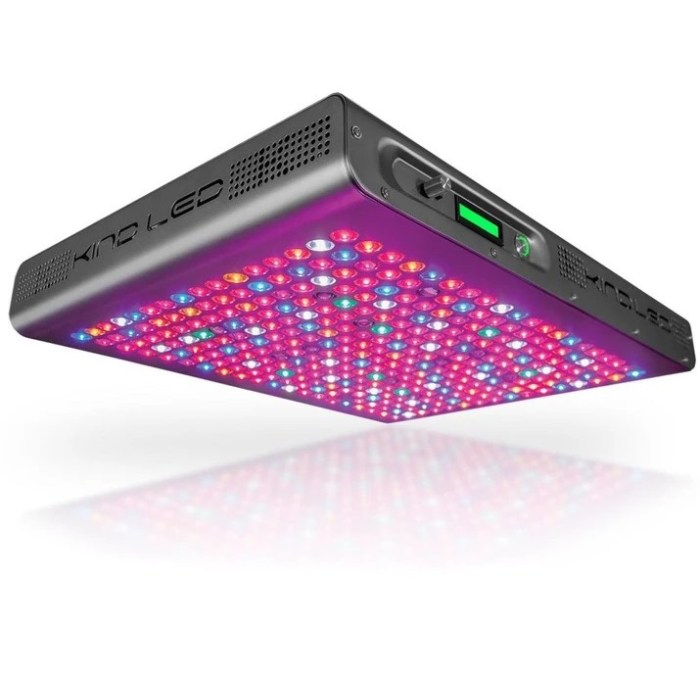So, you’ve decided to set up a grow room for your plants. Despite being such a great idea, not many people get to make it a reality, perhaps due to its seemingly intimidating nature. All plants require specific levels of nutrients, humidity, air circulation, and lighting. As such, it may appear quite complicated, especially for the beginners.
However, recent innovations in the construction industry and other technologies have made it simpler to build a grow room. All you need is to find enough space that’ll serve the purpose and you’ll be ready to roll. Wondering how to go about your next project? Read on for some tips on designing indoor grow facilities.
Deciding On The Space
The best thing about this project is that you can use just about any space. For instance, if you have spare bedrooms, sheds, walk-in closets, or garages, then you have a place to start. The next step will be to decide how much space you actually need to avoid congestion while also preserving parts of your home for other purposes.
However, don’t stress yourself too much on this as any space you have can work fine. Anything upwards of 2x2x4 should be adequate for your plants. You just need to plan it well to not only sustain the plants but also accommodate the equipment that will be used in creating the right environment.
Creating A Controlled Environment
To have a successful grow room, you’ll need to control the environment to favor the growth of plants. This entails the use of various techniques and tools such as dehumidifiers, LED lights, and an air circulation system. Of course, some of these things will depend on your geographical location and the room itself.
1. Lighting
One of the biggest investments you’ll need for your grow room is proper lighting. The best option when it comes to this area is the LED grow lights which will not only provide sufficient light, but also help in the temperature department. In addition, you may need to buy a few cables if the room doesn’t have a power supply.
Keep in mind though that these bulbs are high-wattage and will consume a significant amount of power. As such, make sure to make a few adjustments in your utility bill budget as it will most definitely increase with time.
2. Irrigation
Of course, a grow room isn’t complete without a water source as this is one of the basic needs in the growth of plants. You’ll need to design an irrigation system, which will require a set of pipes and a tank or a connection to your home’s main water supply. While still working on plumbing, install a floor drain to avoid stagnation and ensure that you use waterproof walls for durability.
3. Air Circulation
A good grow room is one that supports sufficient air circulation to ensure proper growth of plants. Therefore, your HVAC system must be able to accomplish this need. If your geographical location hinders the quality of air, you can use a filter to ensure that the air within the room is of a higher quality. The reverse can also be done if the air from the room emits a distinct odor.
4. Temperature Control
There’s a need for consistent temperature and humidity control as this is crucial in the success of your project. If the temperatures are too low, plants will grow slowly and might not reach their desired level. Hot environments, on the other hand, will lead to damaged crops. Most people with indoor grow rooms use air conditioners for this purpose and fans to get rid of the hot air. The fans also prevent the lights from searing your plants. To enhance the operation of all these instruments, it would be a good idea to insulate the room, especially if the temperatures in your region are not favorable.
Conclusion
Although it might seem quite straightforward, coming up with a well-designed grow room is a demanding adventure for many people. However, you’ll find it a lot simpler if you follow the tips discussed in this article. Decide on the room that you’ll want to redesign for this project. Apart from the size and other basic features, make sure that it’s at a safe distance from your main home, especially if you expect a lot of noise from fans and other machines.
Among the most important factors that will need a little investment on your part include lighting, plumbing, flooring, walls, water supply, and air conditioning system. Remember that bringing new components like bulbs and fans into the mix will have a significant impact on your utility bills. Therefore, be ready to make the necessary adjustments going forward.










